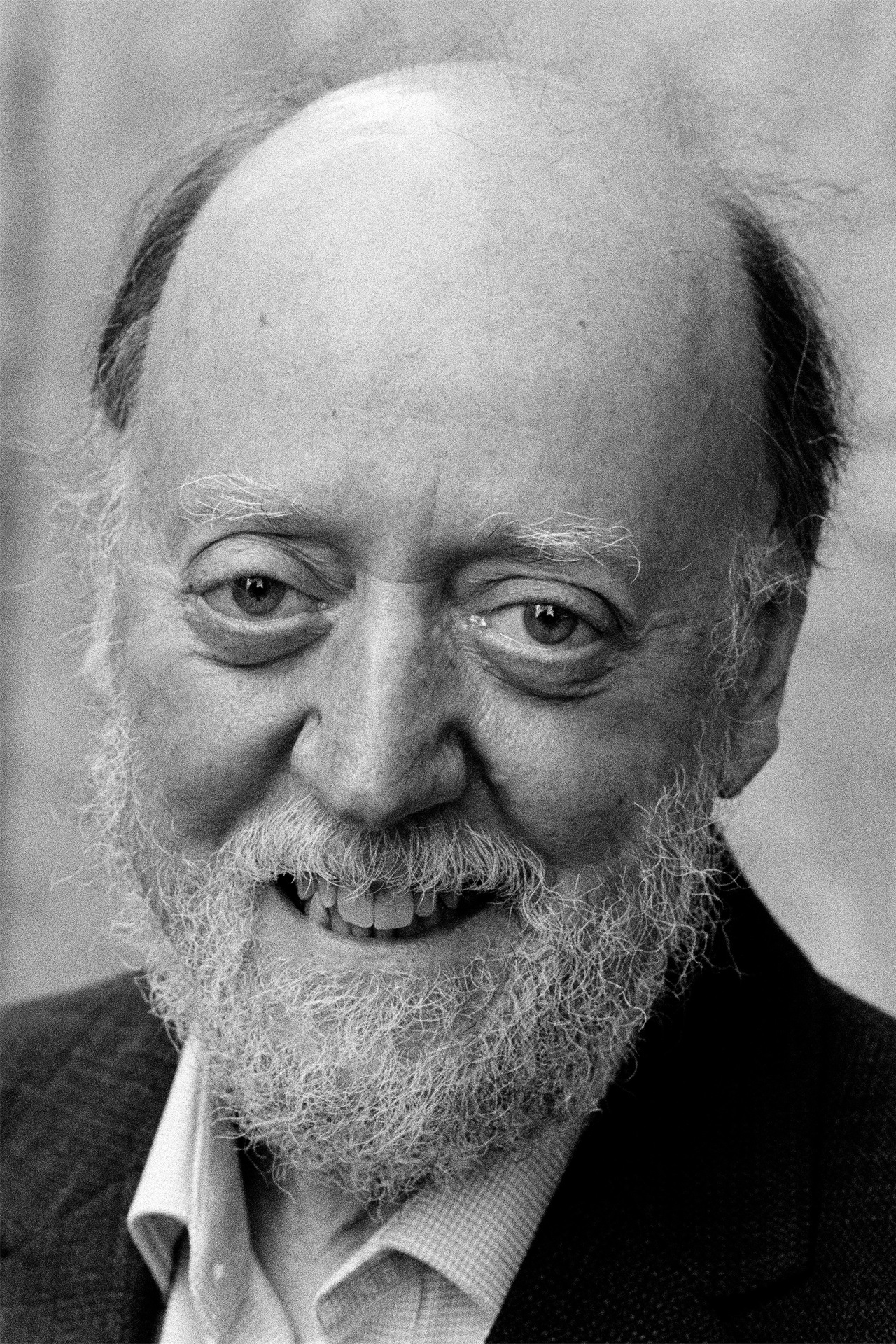
If anyone has the right to claiming that they put the ‘high-performance’ into ‘high-performance computing’, it is Jack Dongarra. Over the past half century, Dongarra has developed and made vital contributions to various software packages and libraries that have been pivotal in both scientific research and the evolution of supercomputing. His 2021 Association for Computing Machinery (ACM) A.M. Turing Award reflected this critical role, honouring him “for pioneering contributions to numerical algorithms and libraries that enabled high-performance computational software to keep pace with exponential hardware improvements”.
Dongarra's path to computing was unexpected, initially in college to prepare for a planned high school teaching career. Yet an introduction to computing and numerical methods through an internship at Argonne National Laboratory during Dongarra’s senior year in 1972 sparked an unexpected passion in him that would never dim.
At Argonne – working with the same high-performance IBM System/360 Model 75 used by NASA during the Apollo programme – Dongarra initially tested and later helped co-develop the mathematical software package EISPACK; portable, free software for numerically computing matrix eigenvalues and eigenvectors.
The success of EISPACK inspired researchers to develop a more ambitious software package for solving linear equations and linear least squares problems. Named LINPACK, the free software was written by Dongarra and collaborators and became one of the most important mathematical software packages of the 1980s for scientists of all flavours.
EISPACK and LINPACK were succeeded by two Dongarra co-developed software packages that took advantage of new computer architectures with vastly improved hardware performances. First came LAPACK, which could run orders of magnitude faster on the vector processing supercomputers and shared memory parallel machines of the 1980s, like Cray-1 and Cray X-MP. Then ScaLAPACK was released in 1993 to capitalise on distributed memory architectures, which are still used by all large supercomputers today, allowing large numbers of separate computers to be networked together to create a single supercomputer.
With many more important contributions to open-source software packages and systems to his name, Dongarra continues to shape scientific computing to this day. Code from Dongarra’s projects is incorporated into tools such as MATLAB, Maple, Mathematica and the R programming language. Netlib – which Dongarra and Eric Grosse set up in the 1980s – continues to be an important freely available mathematical software library. And the Top500 list, which ranks the world's most powerful supercomputers in the world every year, still measures performance by the ‘LINPACK Benchmark’, a gauge Dongarra devised for the LINPACK User Guide in 1979 for how long it would take to solve certain matrix problems using LINPACK.
Dongarra is currently (2025) Emeritus Professor at the University of Tennessee, Distinguished Research Staff at Oak Ridge National Laboratory, Turing Fellow at Manchester University, and Adjunct Professor at Rice University. He is married to Sue Dongarra and they have three children and eight grandchildren.
Jack Dongarra will hold the Heidelberg Lecture at the 74th Lindau Nobel Laureate Meeting. Every year, the programmes of both the Lindau Nobel Laureate Meetings and the Heidelberg Laureate Forum (HLF) reflect the close partnership of these two gatherings. At the HLF there is traditionally a Lindau Lecture, while the Heidelberg Lecture is a fixed part of every Lindau Meeting.
